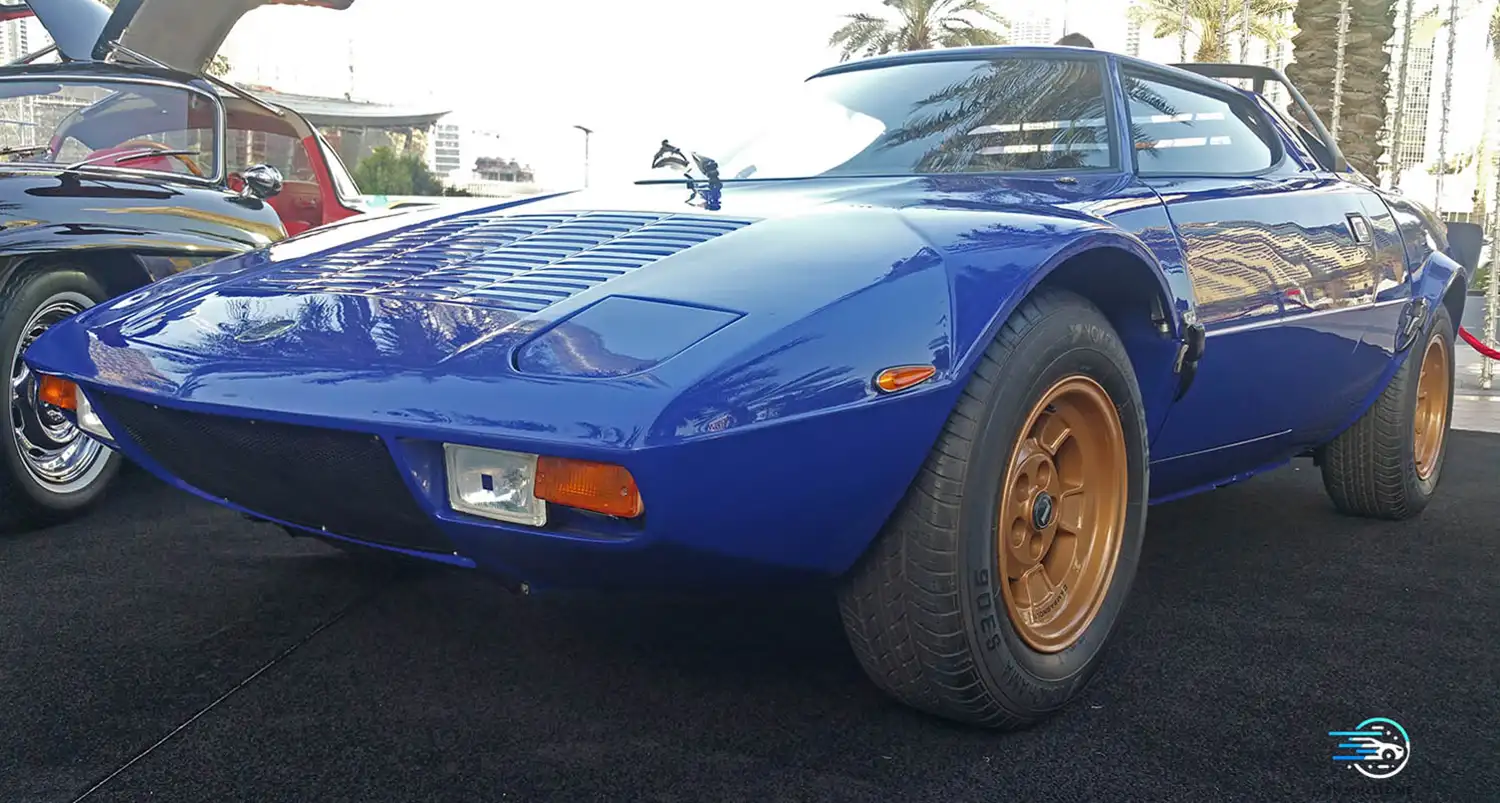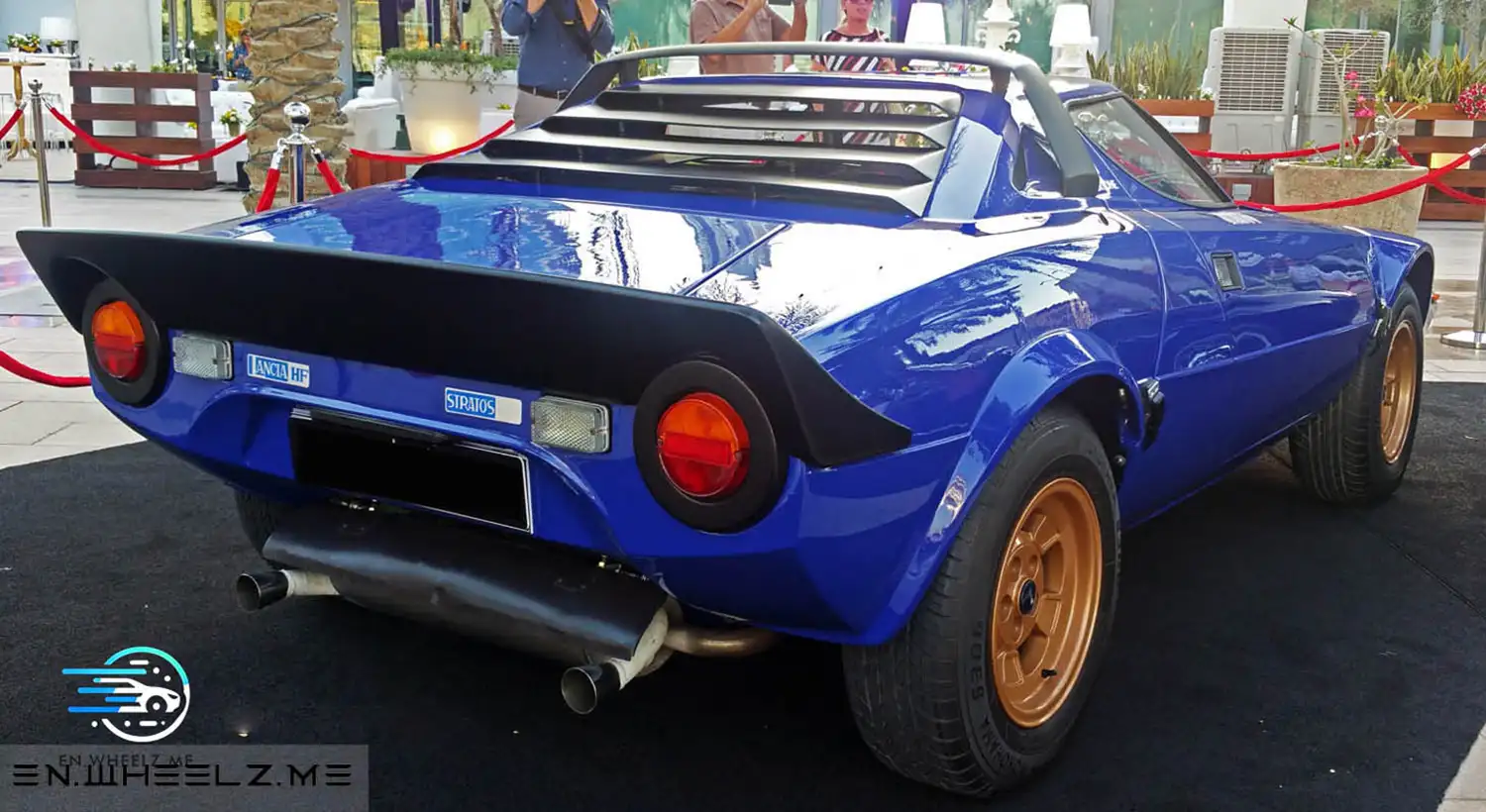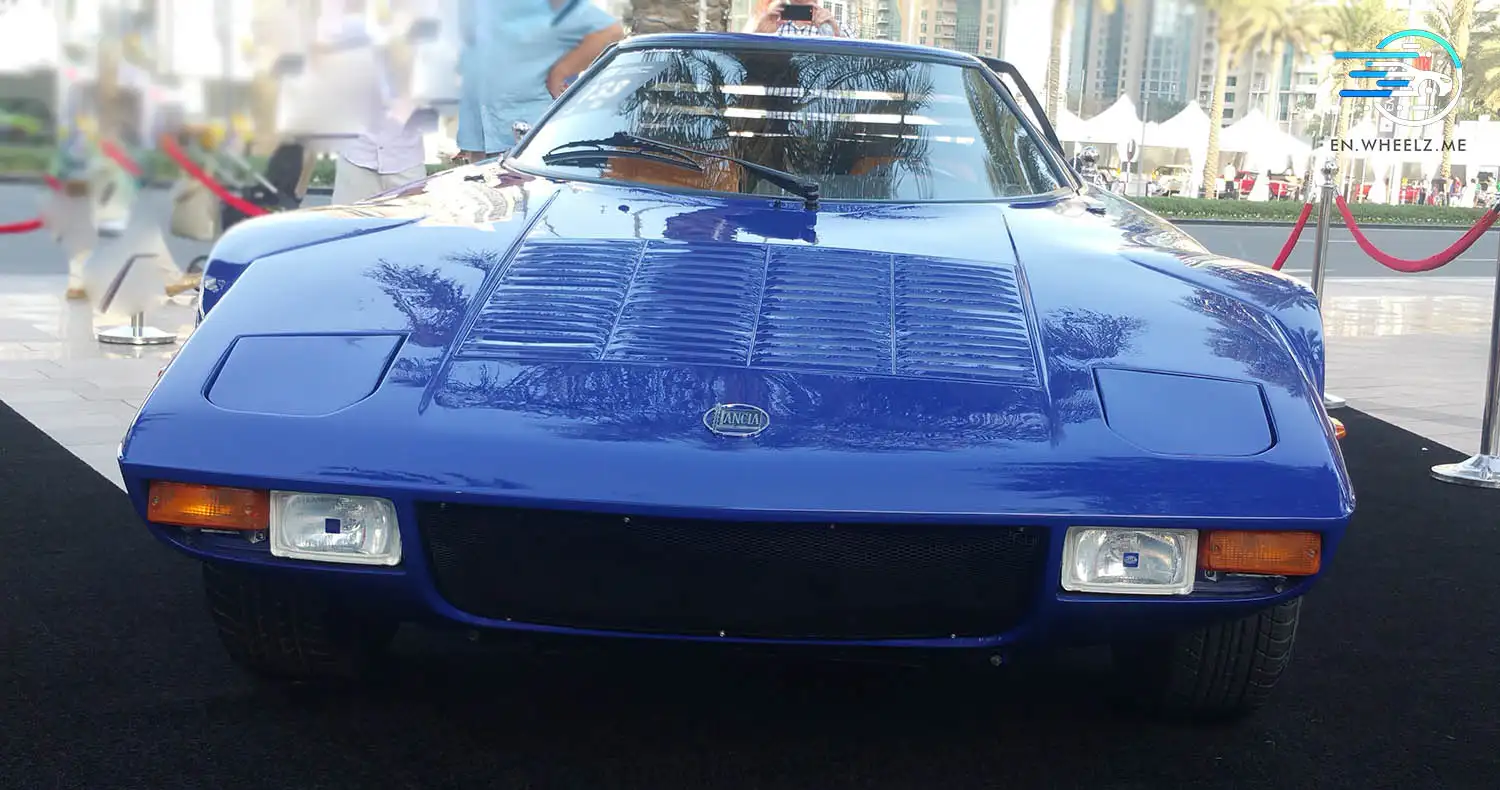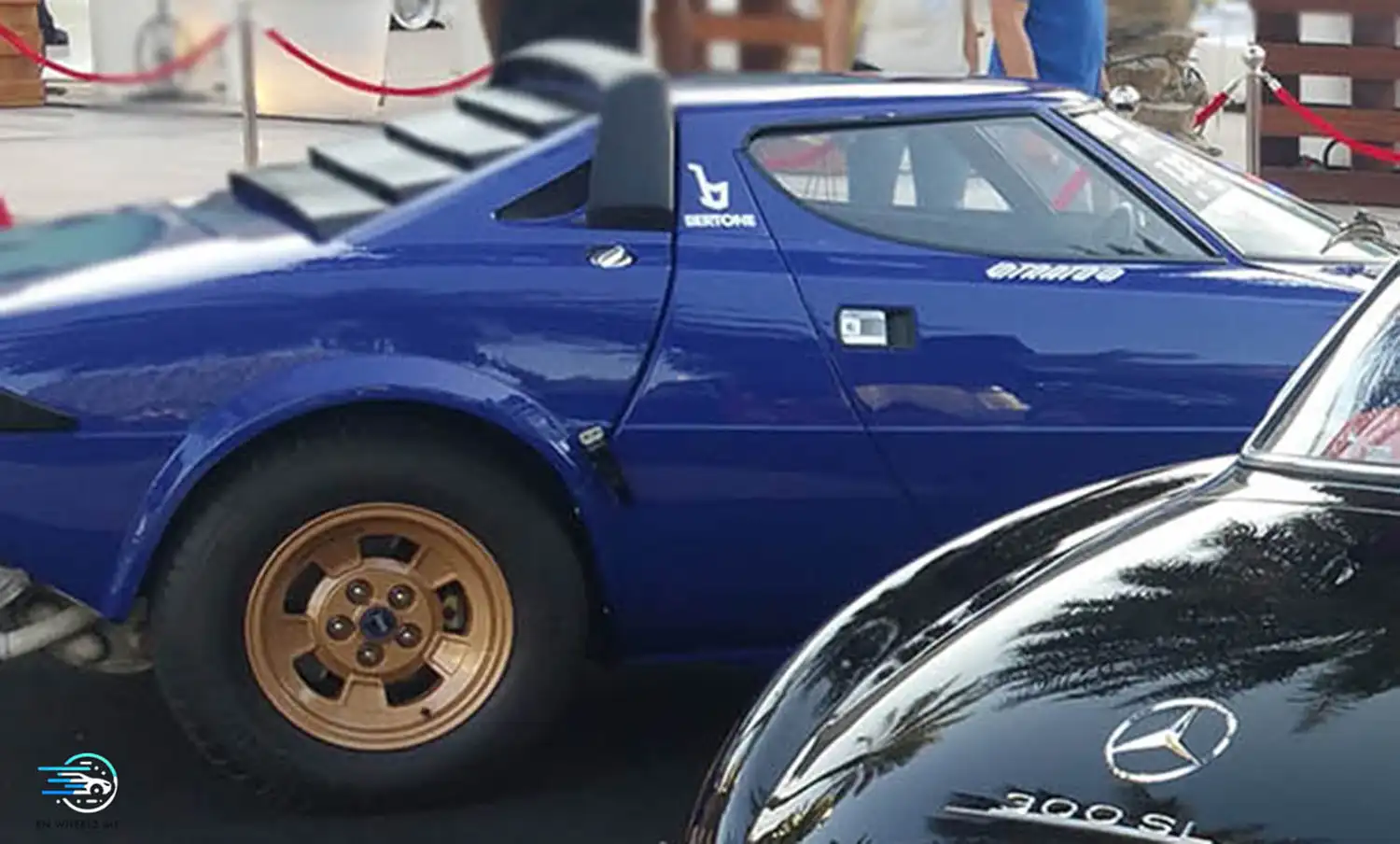
The Lancia Stratos HF is one of the most iconic and revered rally cars in automotive history. Born in the early 1970s, this stunning machine quickly became a symbol of speed, innovation, and Italian engineering excellence. With its striking wedge-shaped design, the Stratos dominated the rally world, securing victories in some of the most prestigious events, including the World Rally Championship (WRC).
A Rally-Bred Machine with Bold Italian Design
The Stratos was designed with one purpose in mind: to win rallies. Its low, aggressive stance, flared wheel arches, and sharp lines make it an instantly recognizable machine. The design was a collaboration between Lancia and the famous Italian design house, Bertone. The car’s striking body, combined with its aerodynamic qualities, gave it an edge on the roughest rally stages.

Under the hood, the Stratos was powered by a Ferrari-sourced 2.4-liter V6 engine, delivering around 190 horsepower. This power, combined with the car’s lightweight and compact structure, allowed it to accelerate quickly and handle the demanding rally courses with agility. The car’s rear-engine, rear-wheel-drive layout contributed to its exceptional cornering capabilities, making it a formidable force on tight, twisty rally tracks.
Unmatched Success in the Rally World
The Lancia Stratos HF made its mark in the World Rally Championship in the mid-1970s. With its first major WRC victory in 1974, the Stratos set a new benchmark for rally cars, offering both speed and precision that few could match. In 1974, it clinched its first WRC title, and by 1976, it had won the prestigious title again, solidifying its place as one of the most successful rally cars of its era.
Throughout its rally career, the Stratos showcased its resilience and speed, earning a reputation as the car to beat. The Stratos wasn’t just a champion; it was a car that elevated rally racing to new heights, pushing the limits of what was possible in terms of speed, handling, and performance.

Innovative Engineering and Technology
While its striking design caught attention, it was the Stratos’s engineering and technology that set it apart from other rally cars. The car featured a highly advanced tubular chassis that was lightweight yet incredibly strong, giving the car excellent stability and handling. The independent suspension system was another standout feature, allowing the Stratos to adapt to the toughest and most uneven terrain.
Another aspect that set the Stratos apart was its mid-mounted engine, which helped balance the car’s weight distribution for enhanced cornering capabilities. This innovative design was ahead of its time, and it played a significant role in the car’s rally success.
A True Collectible Classic
Though production of the Lancia Stratos was limited, its legacy as one of the greatest rally cars of all time endures. Only around 500 examples were ever built, making it an extremely rare and highly sought-after collectible today. The Stratos is revered by car enthusiasts, rally fans, and collectors alike for its combination of engineering, performance, and distinctive Italian style.

Today, the Lancia Stratos is not only a reminder of Lancia’s racing heritage but also a symbol of the boldness and ingenuity that defined the golden age of rallying. Owning a Stratos is a dream for many collectors, with prices for well-preserved examples reflecting the car’s iconic status.
Summary/Specs:
- Engine:Ferrari 2.4L V6, 190 horsepower
- Transmission:5-speed manual
- Layout:Rear-engine, rear-wheel drive
- Weight:980 kg (2,160 lbs)
- Production Years:1973–1978
- Rally Achievements:3-time WRC Champion (1974, 1975, 1976)
- Design:Bertone, with iconic wedge shape and aggressive stance
- Notable Features:Lightweight tubular chassis, independent suspension, mid-mounted engine
This article was crafted with assistance from Chatgpt
